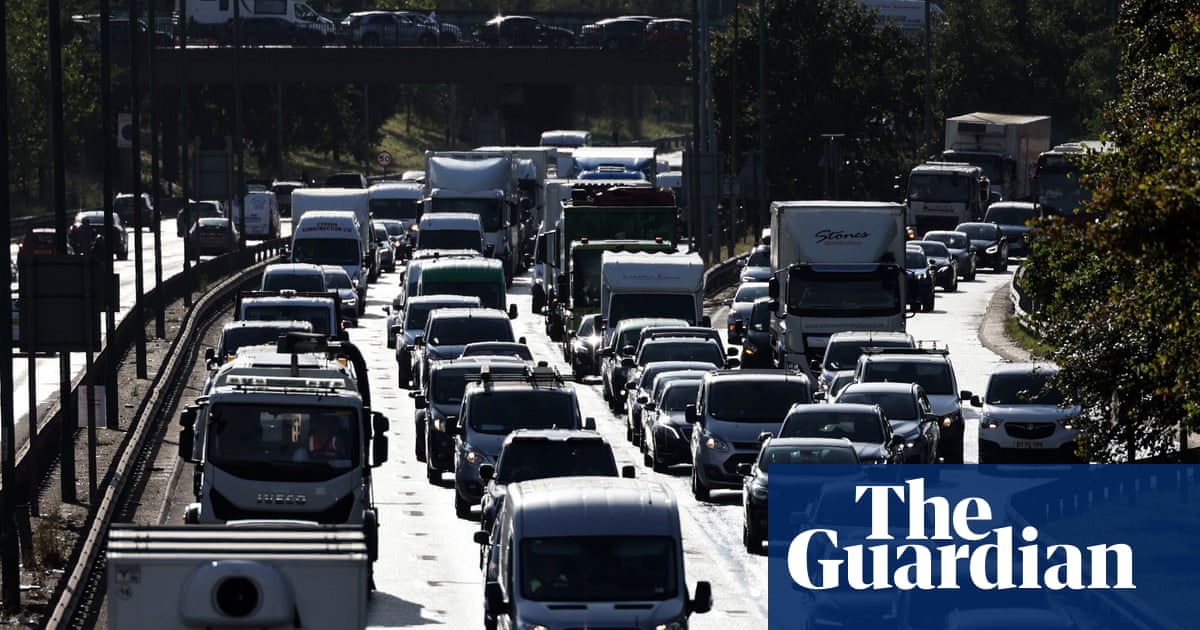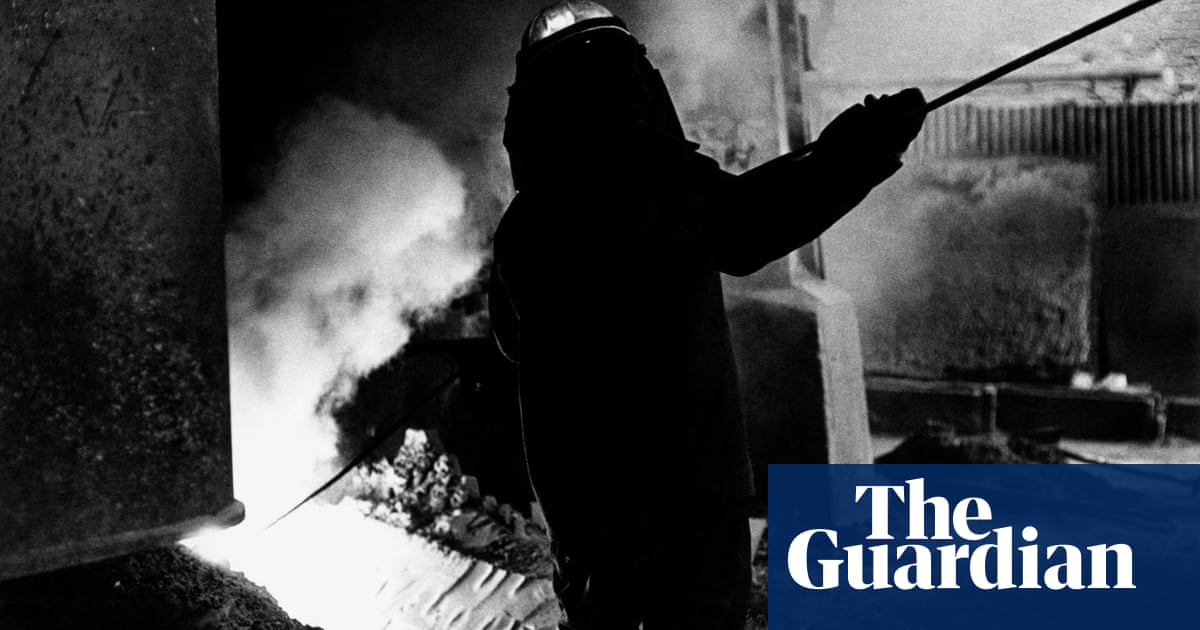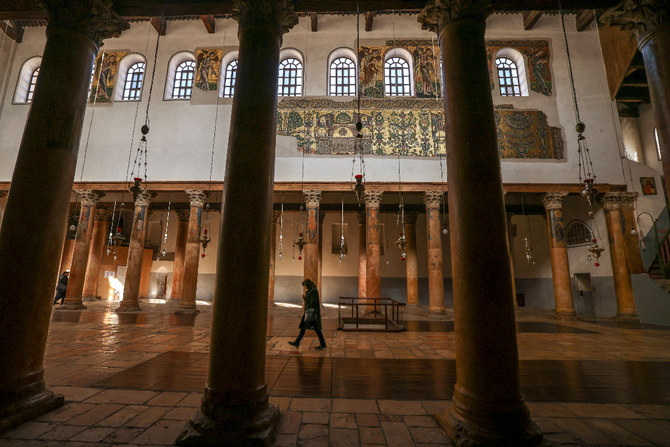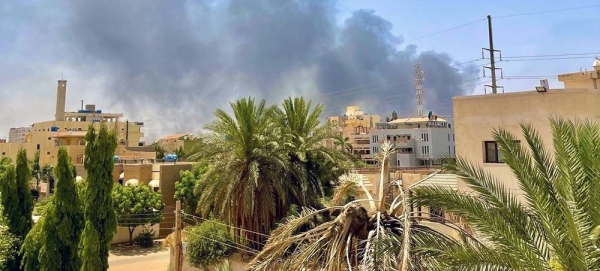
Kikuji Kawada was 25 when he visited Hiroshima for the first time. It was July 1958 and he had been assigned by a Japanese news magazine to assist Ken Domon, a renowned photographer 14 years his senior. As Domon worked in and around the Hiroshima Peace Park, Kawada found himself drawn to the ruined shell of a once ornate, steel-framed building that had been badly damaged, but somehow remained standing, when America dropped the first atomic bomb on the city at 8.15 am on 6 August 1945, obliterating everything else within a mile radius.
“That’s when I found them,” he would later recall, “the stains on the walls of the rooms beneath the dome.” The bomb had been dropped from almost directly above the building, which was then called the Hiroshima Prefectural Industrial Promotion Hall. Alone in the dank ruins, Kawada realised that the stained walls held the only traces of some of the dead. “When the place was destroyed,” he told Aperture magazine in 2015, “there were about 30 people (who) had arrived for work and ended up vaporised. The place had a horrible atmosphere. Just looking at it was overwhelming.”
Haunted by what he had seen, Kawada later returned to Hiroshima with a large format 4x5 plate camera and, using only the natural light coming though the shattered dome overhead, began photographed the eerie shapes on what is now known as the Genbaku (A-Bomb) Dome, a memorial to the victims of the bombing. The “stain” photographs, as they have come to be known, are the emotional and conceptual dark heart of Kawada’s book, Chizu (The Map), which was first published in an edition of 500 in 1965. “It is,” says the British photographer Martin Parr, “the holy grail of Japanese photobooks.”
In the late 1990s, Parr, an avid photobook collector, managed to locate a rare original imprint in a bookshop on the outskirts of Tokyo. “It cost me £10,000” he tells me, “and it is now worth around £25,000.” He describes it as “the ultimate example of the photobook as art object. It ticks every box: the photographs, the ambitious design, the brilliant use of gatefolds, just the wonderful intricacy of it all.”
Designed by Kōhei Sugiura, the original edition of The Map is an object of elaborate beauty and unsettling power. Printed in high contrast black and white, it is a book you delve into, the double gatefolds opening out to reveal images that seem resonant with deeper meaning. Grainy shots of everyday objects – Coca-Cola bottles embedded in the ground, a crumpled Lucky Strike cigarette packet, a trampled Japanese flag – speak of the disruptive impact of American imperialism on Japanese culture. The trauma of the second world war resonates in photographs of ruined buildings shot from below at odd angles, brutalist concrete bunkers and ribbons of twisted scrap metal that emerge, barely identifiable, out of pages of inky blackness. His photographs of the stains are redolent of abstract paintings and evince a dark, unsettling aura that is as far away from traditional photojournalism as it is possible to go.
The Map took Kawada five years to complete and amounts to a personal archeology of postwar Japan’s collective pain that is both deeply resonant and wilfully elusive. For all that, as Joshua Chang, senior curator of photography at the New York Public Library, notes in his introduction to a new edition, the photographer later “expressed a degree of ambivalence about the book that became his calling card. He preferred instead the two-volume maquette that he had originally created, but later abandoned, as his collaboration with Sugiura deepened.”
In 2001, the New York Public Library acquired that handmade maquette and the new Mack edition of the book is a facsimile of the same. It is a radically different artefact: a two-volume book (with an accompanying volume of texts) that is twice as large as the original, with different tones and picture crops, and minus the gatefolds that were so central to the wilfully disruptive narrative thrust of the first edition. Instead, a succession of full-bleed images unfold in the manner of a more traditional photobook. That said, the maquette version is beautifully produced and emphatically Japanese, dating from an era of wild and irreverent invention in image-making and design.
Having co-founded the Vivo collective in 1959, Kawada was part of a pioneering generation of Japanese photographers that included the likes of Eikoh Hosoe and Shomei Tomatsu, whose influence carried though to the Provoke era of the late 1960s.
“The most exciting photobook publishing was done in Japan in the 1960s and 70s,” says Parr. “It speaks volumes about the arrogance of the west that, up until the 1980s, the extraordinary innovation of Japanese photographers and designers was all but ignored. The Map is now generally regarded as the icon of Japanese photobooks of that era.”
For all but the most avid collector, Chizu (Maquette Edition) is as close as we will get to the visceral, unsettling power of the first edition. It is a beautiful object in itself, but its visual mapping of history, trauma, memory and horror seems less mysterious and multilayered than its intricately designed predecessor. Whatever the differences, though, the dark epiphany that marked The Map’s conception resonates just as deeply in both instances.
“It was an unspeakably powerful moment,” recalls Kawada in an interview that accompanies the newly published version, “I felt like I had encountered this terrifying, unknown place. I had the illusion that I could almost hear faint voices merged with the wind and crackling sounds coming out of the wall.” You can almost sense his unease as you turn the pages.












